AEye’s Apollo Excels in Field Testing Demonstrating Unmatched Performance at 1 Kilometer
Investor Relations Contacts
Agency Contact
Financial Profiles, Inc.
Evan Niu, CFA
eniu@finprofiles.com
310-622-8243
Company Contact
AEye, Inc. Investor Relations
info@aeye.ai
925-400-4366
AEye, Inc. (Nasdaq: LIDR), a global leader in adaptive, high-performance lidar solutions, announced that its Apollo lidar sensor has achieved outstanding results during recent field testing where it consistently delivered high-resolution data at distances exceeding one
kilometer. This breakthrough is believed to be a first within the lidar industry and demonstrates Apollo’s potential to significantly enhance both automotive safety and security applications, making it a standout in the growing lidar market.
This press release features multimedia. View the full release here: https://www.businesswire.com/news/home/20241003607713/en/
In the most recent phase of testing, Apollo accurately detected vehicles and other objects on a busy freeway at distances beyond one kilometer. AEye has been conducting tests with customers, Tier 1 partners, and OEMs, and received overwhelmingly positive feedback as Apollo proved its ability to gather detailed, high-quality data over long distances. For automotive applications, this capability is crucial in allowing advanced driver assistance systems (ADAS) to detect objects from a longer distance, giving drivers more time to respond more effectively, especially at high speeds.
Matt Fisch, AEye CEO said, “The fact that we can deliver this kind of performance makes a strong case for 1550-nanometer technology as OEMs and others seek an ultra-long-range high-speed lidar solution in a small form factor. We believe Apollo’s performance at over one kilometer is the longest distance achieved by any lidar sensor ever evaluated outside of a laboratory setting. We believe Apollo can meet all of NHTSA’s safety performance requirements, including their newest and toughest requirement of a forward collision warning which must be effective at speeds of up to 90 miles per hour. At the same time, Apollo’s small form factor does not require OEMs to compromise their design standards. We expect Apollo will play a critical role in the future of automotive safety.
“High-resolution data collection at long distances is essential for enhancing automotive safety and security applications. AI-based decision-making systems are significantly enhanced by long-range high-resolution data across a wide field of view allowing for quick identification and more time to react to objects and threats, which is particularly crucial for vehicle safety at highway speeds. Another benefit of Apollo is that it can significantly offload front-end complexity from AI-models which can expedite the development and deployment of embodied AI systems. We’re excited to continue leading innovation in this space while pushing the boundaries of what is possible with Apollo,” said Fisch.
About Apollo
Apollo is the first product in AEye’s 4Sight flex next-generation family of lidar sensors and delivers best-in-class range and resolution in a small, power-efficient, low-cost form factor. Apollo supports options for integration behind the windshield, on the roof, or in the grille, which enables OEMs to implement critical safety features with minimal impact to vehicle design. Apollo is believed to be the only 1550 nm high-performance lidar capable of behind the windshield integration. The sensor was unveiled at the Auto Lidar Tech Conference in Suzhou, China in June 2024.
About AEye
AEye’s unique software-defined lidar solution enables advanced driver-assistance, vehicle autonomy, smart infrastructure, and logistics applications that save lives and propel the future of transportation and mobility. AEye’s 4Sight™ Intelligent Sensing Platform, with its adaptive sensor-based operating system, focuses on what matters most: delivering faster, more accurate, and reliable information. AEye’s 4Sight™ products, built on this platform, are ideal for dynamic applications which require precise measurement imaging to ensure safety and performance.
Forward-Looking Statements
Certain statements included in this press release that are not historical facts are forward-looking statements within the meaning of the federal securities laws, including the safe harbor provisions under the United States Private Securities Litigation Reform Act of 1995. Forward-looking statements are sometimes accompanied by words such as “believe,” “continue,” “project,” “expect,” “anticipate,” “estimate,” “intend,” “strategy,” “future,” “opportunity,” “predict,” “plan,” “may,” “should,” “will,” “would,” “potential,” “seem,” “seek,” “outlook,” and similar expressions that predict or indicate future events or trends, or that are not statements of historical matters. Forward-looking statements are predictions, projections, and other statements about future events that are based on current expectations and assumptions and, as a result, are subject to risks and uncertainties. Forward-looking statements included in this press release include statements about the results achieved by AEye’s Apollo lidar sensor during recent field testing, the positive feedback received by AEye from potential customers regarding Apollo’s performance, and the need for high-performance sensing solutions in the autonomous driving and security segments, among others. These statements are based on various assumptions, whether or not identified in this press release. These forward-looking statements are provided for illustrative purposes only and are not intended to serve as and must not be relied on by an investor as a guarantee, an assurance, a prediction, or a definitive statement of fact or probability. Actual events and circumstances are very difficult or impossible to predict and will differ from the assumptions. Many actual events and circumstances are beyond the control of AEye. Many factors could cause actual future events to differ from the forward-looking statements in this press release, including but not limited to: (i) the risks that the results achieved during recent field testing may not be reproducible in future field testing or in production units; (ii) the risks that lidar sensors from others in the industry may have already, or may be able to achieve in the future, results similar to what AEye demonstrated in recent field testing; (iii) the risks that Apollo may not significantly enhance either automotive safety or security applications to the extent anticipated, or at all; (iv) the risks that OEMs and others may not seek out an ultra-long range high-speed lidar solution in a small form factor to the extent anticipated, or at all; (v) the risks that competitors in the lidar industry may have already, or may soon, exceed Apollo’s performance, at over one kilometer, outside of a laboratory setting; (vi) the risks that Apollo may be unable to satisfy some or all of NHTSA’s safety performance requirements, including the newest and toughest requirement of a forward collision warning effective at speeds of up to 90 miles per hour; (vii) the risks that despite Apollo having a small form factor, it may require OEMs to compromise some or all of their design standards; (viii) the risks that Apollo may not play a role in the future of automotive safety to the extent anticipated, or at all; (ix) the risks that high-resolution data collection at long distances may not be essential for enhancing automotive safety or security applications to the extent anticipated, or at all; (x) the risks that AI-based decision-making systems may not be significantly enhanced by long-range high-resolution data to the extent anticipated, or at all; (xi) the risks that Apollo may not be able to significantly offload front-end complexity from AI-models to expedite the development and deployment of embodied AI systems to the extent anticipated, or at all; (xii) the risks that AEye may be unable to continue leading innovation in this space or push the boundaries of what is possible with Apollo to the extent anticipated, or at all; (xiii) the risks that AEye’s 4Sight technology may not advance the overall safety experience, whether in autonomous driving or security, to the extent anticipated, or at all; (xiv) the risks that lidar adoption may occur slower than anticipated or fail to occur at all; (xv) the risks that AEye’s products may not meet the diverse range of performance and functional requirements of target markets and customers; (xvi) the risks that AEye’s products may not function as anticipated by AEye, or by target markets and customers; (xvii) the risks that AEye may not be in a position to adequately or timely address either the near or long-term opportunities that may or may not exist in the evolving autonomous transportation industry; (xviii) the risks that laws and regulations are adopted impacting the use of lidar that AEye is unable to comply with, in whole or in part; (xix) the risks associated with changes in competitive and regulated industries in which AEye operates, variations in operating performance across competitors, and changes in laws and regulations affecting AEye’s business; (xx) the risks that AEye is unable to adequately implement its business plans, forecasts, and other expectations, and identify and realize additional opportunities; and (xxi) the risks of economic downturns and a changing regulatory landscape in the highly competitive and evolving industry in which AEye operates. These risks and uncertainties may be amplified by current or future global conflicts and the lingering effects of the COVID-19 pandemic, which continues to cause economic uncertainty. The foregoing list of factors is not exhaustive. You should carefully consider the foregoing factors, and the other risks and uncertainties described in the “Risk Factors” section of the periodic report that AEye has most recently filed with the U.S. Securities and Exchange Commission, or the SEC, and other documents filed by us or that will be filed by us from time to time with the SEC. These filings identify and address other important risks and uncertainties that could cause actual events and results to differ materially from those contained in the forward-looking statements. Forward-looking statements speak only as of the date they are made.
Readers are cautioned not to put undue reliance on forward-looking statements; AEye assumes no obligation and does not intend to update or revise these forward-looking statements, whether as a result of new information, future events, or otherwise. AEye gives no assurance that AEye will achieve any of its expectations.
View source version on businesswire.com: https://www.businesswire.com/news/home/20241003607713/en/

 Business wire
Business wire 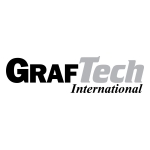
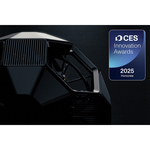
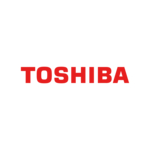
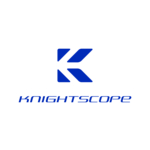




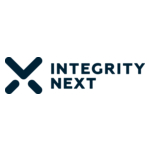
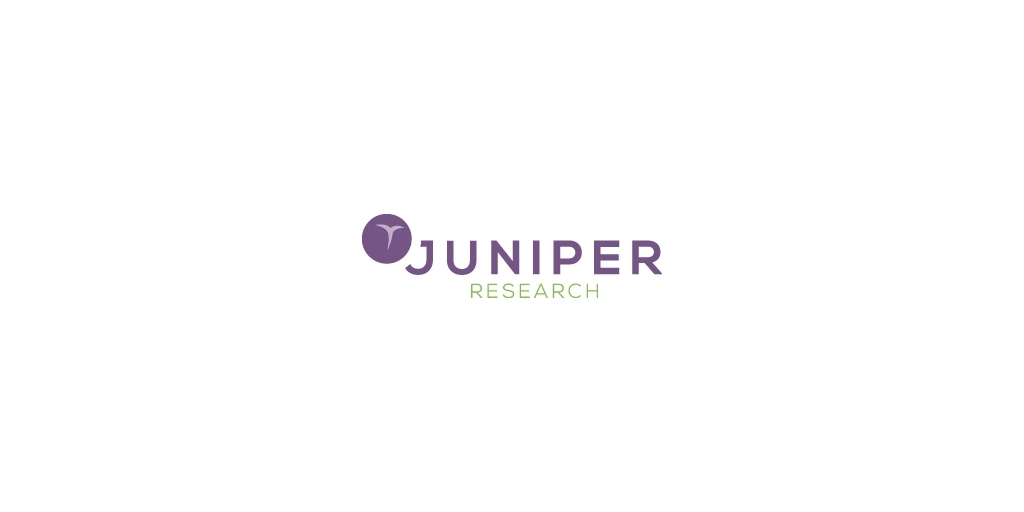



Add Comment